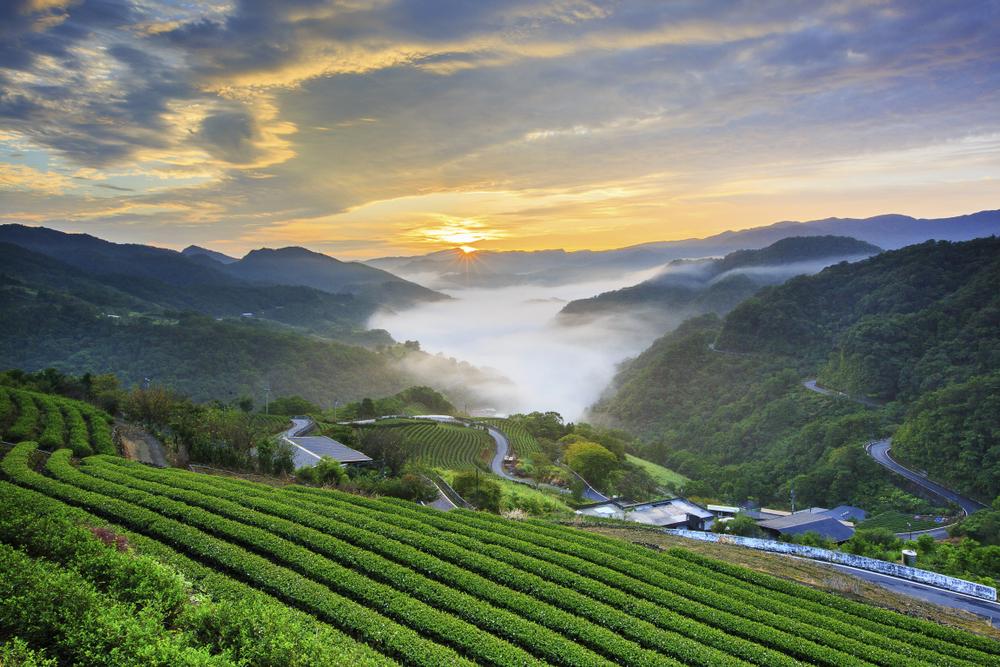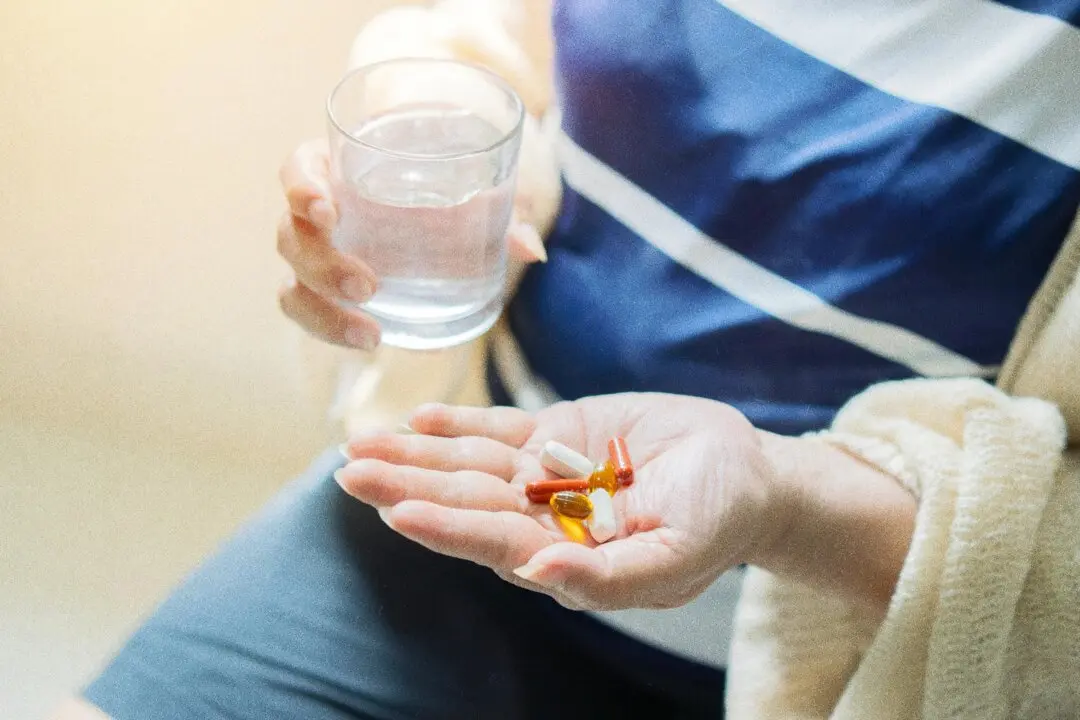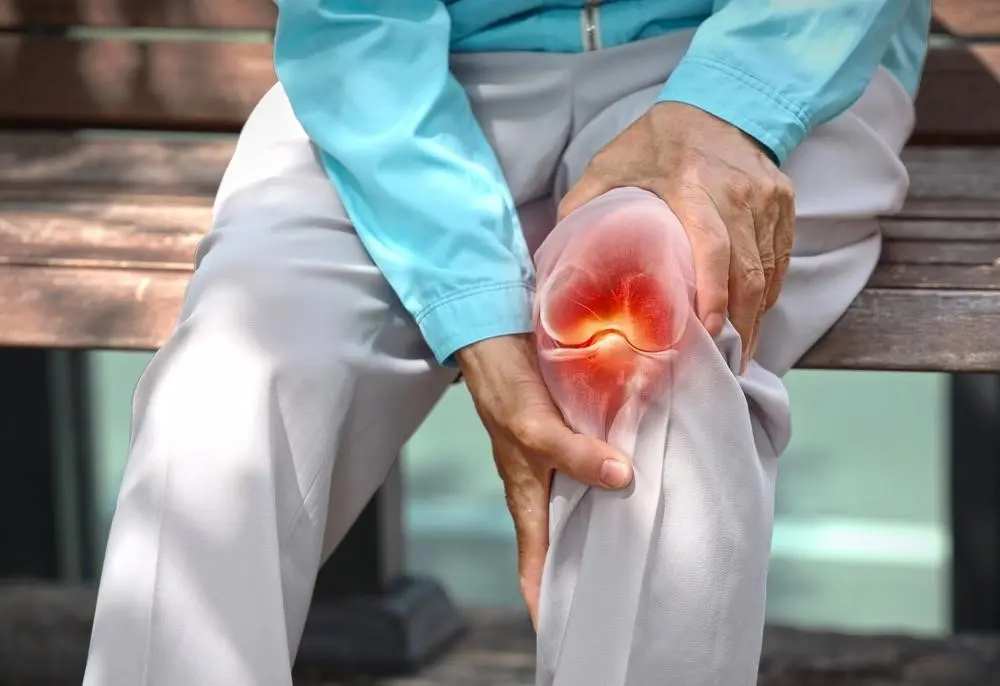Taiwan’s innate beauty, welcoming people, and vibrant culture are one-of-a-kind.
Though the island may be small—it’s about one-third of the state of New York in size—its regional diversity is dramatic, offering vastly different travel experiences from one place to another.





